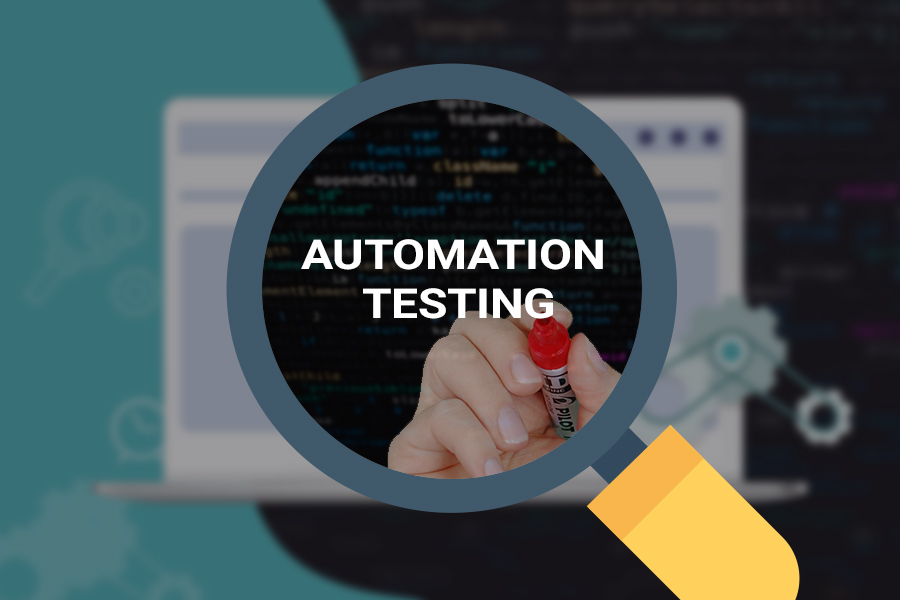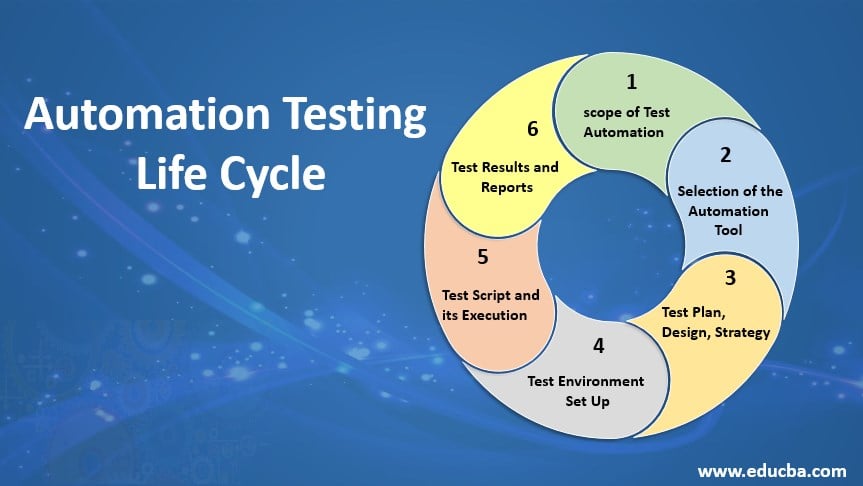The Best Guide to Implementing Automation Testing Effectively
The Best Guide to Implementing Automation Testing Effectively
Blog Article
From Guidebook to Automated Screening: A Comprehensive Overview to Transitioning Smoothly and Successfully
In the realm of software screening, the shift from guidebook to automated processes has ended up being an increasingly essential shift for organizations looking for to enhance performance and accuracy in their screening practices. The trip from manual to automated screening is not without its challenges, but when approached strategically and with a clear plan in mind, the advantages can be considerable.
Advantages of Automated Evaluating
Automated screening provides countless advantages, boosting effectiveness and precision in software advancement procedures. One primary advantage is the significant reduction in screening time. Automated tests can be run concurrently on numerous devices and running systems, considerably quickening the testing phase compared to hand-operated testing. This enhanced efficiency permits faster feedback on the high quality of the software program, enabling designers to recognize and address problems promptly.
In addition, automated testing ensures a greater degree of accuracy in spotting defects. Uniformity in screening is also improved, as automated examinations carry out the exact same actions specifically each time they are run.
Choosing the Right Tools

Firstly, assess your requirements and objectives. Understand the scope of your task, the technologies entailed, and the ability of your team. This evaluation will help you identify the functions and capabilities you need in your testing devices.
Secondly, consider the compatibility of the devices with your existing procedures and systems. Seamless integration with your existing software program growth lifecycle is vital to make sure a smooth shift to automation.
Furthermore, evaluate the scalability and adaptability of the devices. As your testing requires progress, the tools should have the ability to adapt and suit modifications efficiently.
Lastly, consider the support and community around the devices. When implementing automated screening, robust assistance and an active individual community can give useful resources and assistance. By meticulously thinking about these aspects, you can choose the right tools that line up with your demands and established the stage for an effective change to automated screening.
Composing Reliable Test Scripts

When crafting test manuscripts, it is necessary to consider the details demands of the software being checked and guarantee that the manuscripts deal with all critical capabilities. Clear and descriptive calling conventions for test scripts and test instances can improve readability read and maintainability. Additionally, including error handling systems within the examination scripts can assist in recognizing and addressing problems promptly.
Moreover, arranging test scripts right into modular parts can improve reusability and scalability, lowering redundancy and enhancing effectiveness in examination manuscript maintenance. Regular testimonials and updates to test scripts are critical to keep speed with progressing software requirements and performances. By adhering to these concepts, testers can create robust and efficient examination manuscripts that add significantly to the success of automated testing processes.
Integrating Automation Into Workflows
By seamlessly incorporating automated screening tools like Selenium or Appium into the software program development lifecycle, groups can attain faster comments on code changes, leading to quicker pest detection and resolution. This assimilation enables for constant testing throughout the growth procedure, guaranteeing that any kind of problems are identified early on, resulting in greater software high quality. Proper combination of automation tools needs collaboration in between development, screening, and operations groups to go to this website establish a unified workflow that optimizes effectiveness and performance in delivering high-quality software application products.
Making Certain a Smooth Change
Efficiently transitioning to automated screening entails meticulous planning and cautious implementation to take full advantage of and minimize disturbances efficiency in the software growth process - automation testing. To ensure a smooth change, it is important to begin by performing a comprehensive evaluation of the present testing procedures and recognizing locations where automation can bring the most significant benefits. Engaging with all stakeholders at an early stage at the same time, consisting of designers, testers, and job supervisors, is critical for amassing assistance and buy-in for the automation campaign
Interaction is crucial during this transition phase. Clear communication of the objectives, advantages, and assumptions of automated screening assists to handle any type of resistance or worries that may occur. Furthermore, offering sufficient training and sources for group participants to upskill in automation devices and techniques is vital for ensuring an effective change.

Verdict
Finally, transitioning from handbook to automated screening supplies countless benefits, including enhanced effectiveness and dependability. By choosing the proper devices, creating reliable examination scripts, and integrating automation effortlessly right into process, organizations can make certain a smooth and effective change. It is vital to embrace automation as a valuable asset in software screening processes to improve general quality and productivity.
In the realm of software program screening, the change from handbook to automated processes has become an increasingly vital change for companies looking for to improve efficiency and accuracy in their testing methods. Automated tests can be run concurrently on multiple tools and running systems, significantly speeding up the screening phase contrasted to manual testing. Uniformity in testing is additionally enhanced, as automated tests carry out the same steps specifically each time they are run.To make sure the effective implementation you can try here of picked testing tools, the creation of reliable examination scripts plays a crucial role in verifying the functionality and efficiency of automated processes - automation testing. By adhering to these principles, testers can create reliable and robust examination scripts that add considerably to the success of automated screening procedures
Report this page